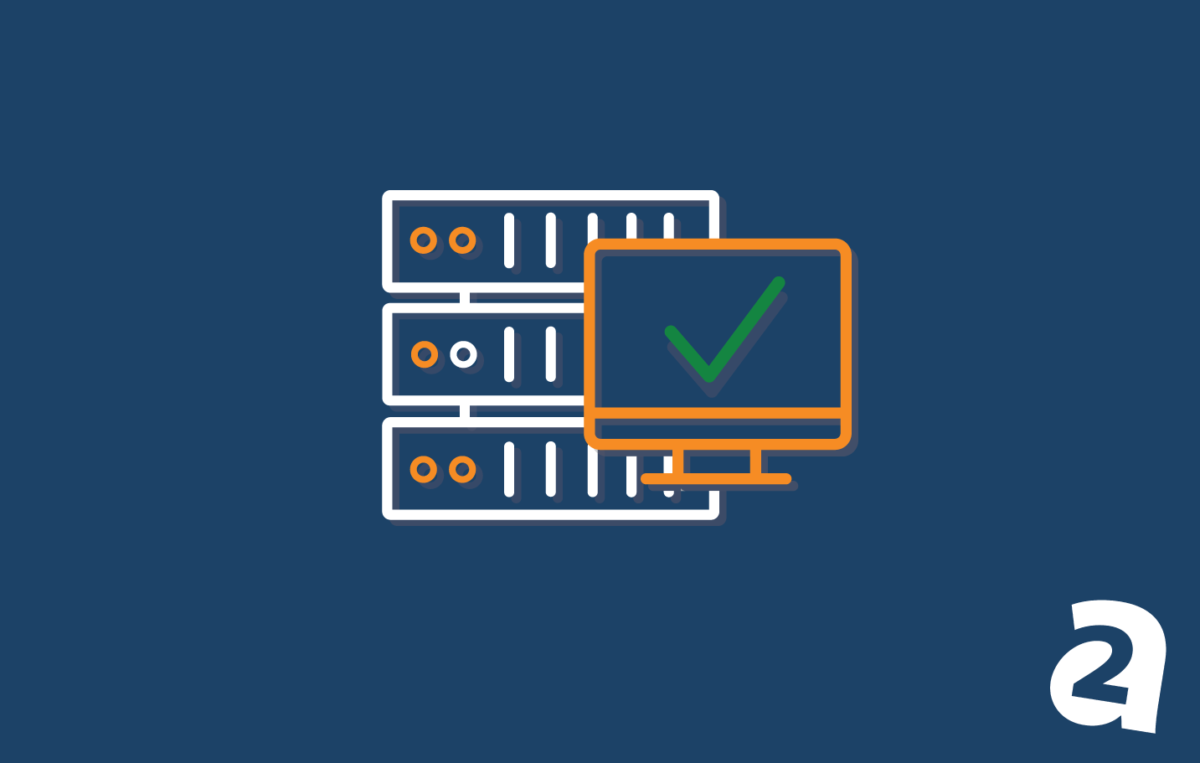Every second matters in the fast-paced digital world of today, particularly when it comes to website speed.Yet, many business owners overlook the cost of slow hosting, unaware of how much money it can cost them in lost revenue, reduced traffic, and a poor user experience. The cost of slow hosting goes beyond just website performance; it directly impacts your brand’s reputation and your bottom line. This guide will uncover why investing in fast hosting can actually save money in the long run and keep your business competitive. The cost of slow hosting here is directly tied to missed sales opportunities and wasted advertising dollars.
Understanding the Cost of Slow Hosting
Slow website hosting can impact your business on multiple fronts, from user experience to SEO performance. Let’s explore the primary costs associated with slow hosting.
Lost Revenue from High Bounce Rates
A slow-loading website drives users away. According to Google, a one-second delay in load time can result in a 7% reduction in conversions. If your hosting is slow, visitors are likely to leave your site without exploring further, impacting both your sales and your brand’s credibility. The cost of slow hosting here is directly tied to missed sales opportunities and wasted advertising dollars. The cost of slow hosting here is directly tied to missed sales opportunities and wasted advertising dollars.
Poor Search Engine Rankings
Google’s algorithm prioritizes fast websites, meaning that slow hosting can negatively impact your search engine rankings. Websites with poor loading speeds are less likely to appear in top search results, meaning potential customers may never find your site. Slow hosting, therefore, increases the cost of acquiring traffic because you’ll need to invest more in ads to make up for the lack of organic visibility.
Higher Customer Acquisition Costs
When your website performs poorly due to slow hosting, it discourages visitors from coming back. A site that loads quickly, on the other hand, enhances the user experience and encourages return visits. Consequently, you’ll spend more to acquire new customers, effectively increasing your customer acquisition cost (CAC).
Increased Cart Abandonment
For e-commerce sites, slow hosting can be particularly damaging. Customers who experience lag during checkout are more likely to abandon their carts and look elsewhere. Studies show that 47% of consumers expect a web page to load in 2 seconds or less, so even a minor delay can result in lost sales and dissatisfied customers. This is another often-overlooked cost of slow hosting that impacts revenue. The cost of slow hosting here is directly tied to missed sales opportunities and wasted advertising dollars.

The Hidden Cost of Downtime
Beyond slower load times, unreliable hosting can lead to unexpected website downtime. During these downtimes, your site becomes completely inaccessible, potentially costing your business thousands in lost sales, especially during peak shopping hours or holiday seasons. Reliable and fast hosting providers typically offer superior uptime guarantees, minimizing these disruptions.
How Downtime Affects Your Business
Lost Revenue: Businesses might lose hundreds or even thousands of dollars for every minute of delay.
Negative Brand Perception: Frequent downtime can hurt your brand’s credibility and lead to poor customer reviews.
Increased Cost of Slow Hosting: Downtime issues often lead to a surge in support requests, increasing your overhead costs.
Why Fast Hosting Saves Money in the Long Run
Investing in fast hosting may seem like a significant cost upfront, but it can actually save you money over time. Here’s how:
Improved Conversion Rates
When your website loads quickly, users are more likely to stay, browse, and make purchases. Faster load times can lead to higher conversion rates, maximizing the return on investment from your marketing efforts. Studies show that fast-loading pages can lead to a 2x increase in conversions, which means fast hosting saves money by making your existing traffic more profitable.
Reduced Customer Support Costs
Slow or unreliable hosting often results in higher volumes of customer complaints and inquiries. By investing in fast hosting, you reduce the likelihood of downtime and performance issues, thus cutting down on support costs and freeing up resources to improve customer satisfaction.
Lower Advertising Costs
Fast websites perform better in SEO rankings, which reduces the need for costly pay-per-click (PPC) campaigns to attract visitors. The cost of slow hosting is often seen in higher ad budgets to compensate for poor SEO. By switching to fast hosting, your website becomes more visible organically, reducing your reliance on paid advertising.
More read About : Unlocking the Full Potential of Driver Booster 10 Pro Through Effective Cracking Techniques
Enhanced User Experience
A fast website creates a seamless user experience that encourages repeat visits and boosts customer loyalty. Satisfied customers are more likely to return, reducing your marketing expenses over time. Fast hosting also ensures that your site functions smoothly during high-traffic periods, so your users won’t experience frustrating delays that could impact their perception of your brand.
Key Features to Look for in Fast Hosting
To avoid the cost of slow hosting, consider choosing a hosting provider that prioritizes speed and performance. Here are some features that can help:
SSD Storage: Solid-State Drives (SSD) are faster than traditional HDDs, allowing your site to load quicker.
CDN Integration: Content Delivery Networks (CDN) can reduce latency by distributing content across various global servers.
High Uptime Guarantee: Look for a hosting provider with at least a 99.9% uptime guarantee.
24/7 Customer Support: Quality hosting providers offer round-the-clock support to resolve issues quickly.
Scalability: Choose a hosting plan that can grow with your website traffic without compromising speed.
How to Switch to Fast Hosting Without Downtime
If you’re convinced of the benefits of fast hosting, here’s a quick guide to switching providers without disrupting your website’s performance:
Choose a Reliable Fast Hosting Provider: Select a provider with a strong reputation for speed and reliability.
Back Up Your Website: Ensure that all website data is backed up to prevent data loss during the migration.
Test on a Staging Environment: Many providers offer staging environments to test your site’s speed on their servers before going live.
Notify Your Users: Let your users know about the migration and potential downtime to manage their expectations.
Optimize After Migration: Once you’re live on the new hosting, optimize images, scripts, and other elements for maximum speed.
Conclusion
The cost of slow hosting isn’t limited to minor inconveniences—it affects revenue, SEO, customer satisfaction, and even your marketing budget. By investing in fast hosting with The Valley List, you’re not just improving your website’s performance; you’re making a smart financial decision that will help your business grow. Remember, fast hosting isn’t just an expense; it’s a long-term investment that will save money and enhance your website’s success. The cost of slow hosting here is directly tied to missed sales opportunities and wasted advertising dollars.



